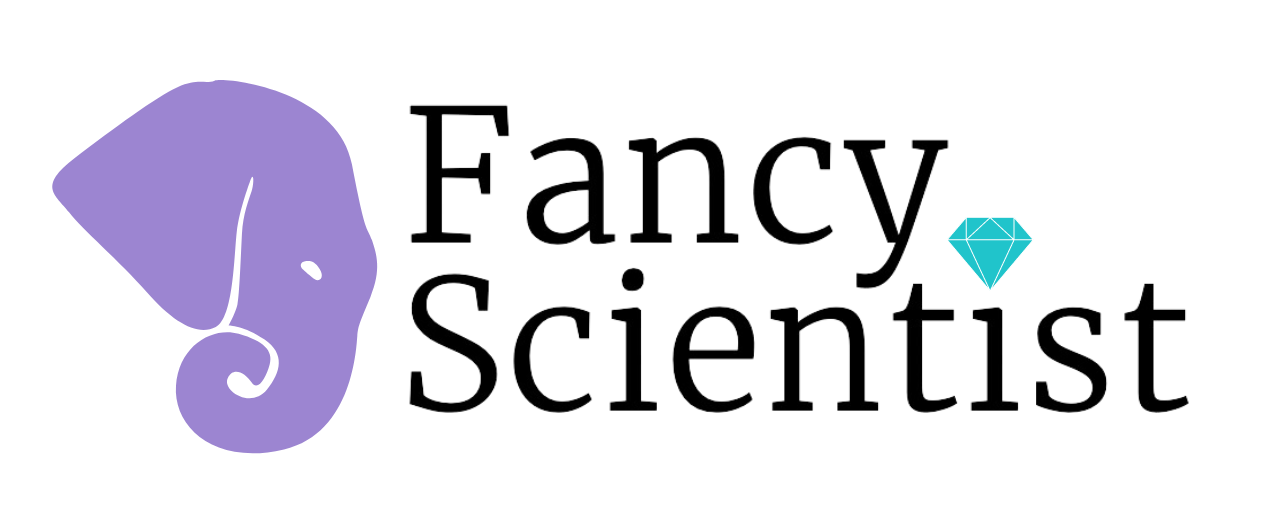Scientific papers are the main way that scientists communicate the results of their studies to the rest of the scientific community. Getting your research published in a peer-reviewed scientific journal is critical for many careers in wildlife biology, but with hundreds of journals out there, how do you know which is the best for your paper and your career?
Each submission of your manuscript to a single scientific journal can take hours of your time. You need to tailor the manuscript to the journal’s guidelines (adjust word count, number of references) and the upload process itself can take an hour. It’s really tedious as you have to enter in each author’s and potential reviewer’s information one by one among other things.
Therefore, you want to be strategic about the scientific journal you choose. Choosing journals that are too “high” for your paper, will waste your time by submitting your manuscript over and over again when they get rejected.
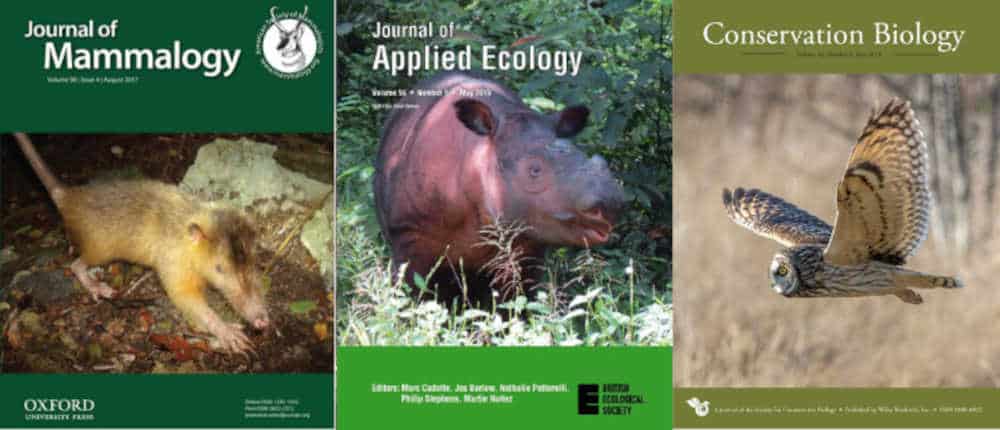
But if you shoot too “low”, you may end up selling yourself short and even costing yourself a job. Employers look at what journals you publish in in addition to the number of publications you have.
So what do I mean by too high or too low? It’s about the impact factor.
The Impact Factor of a Scientific Journal

The impact factor is used to rank journals. It is based on how often an average article from that journal is cited in a year by other scientists. This value is calculated over a two-year time span. It is calculated by dividing the number of times articles were cited by the number of articles within that journal that are citable.
The top journals that publish studies in wildlife biology are Science and Nature. Science has an impact factor 33.61 (in 2014) and Nature has an impact factor of 43.07. The higher the impact factor, the better the journal is.
Usually the more niche a journal is, the lower its impact factor. A journal called “Animals of the World” (something I made up) is going to have a higher impact factor than “Reptiles of the Southeastern United States.”

You want to publish in journals with higher impact factors because it will help your h-index score, which a measure of your scientific research output. It’s based on the number of citations you have, so if you publish in a journal with a higher impact factor, your chances of being cited are theoretically higher.
Also, as mentioned before, employers look at the journals that you publish in when they read your CV. If they consistantly see publications in “lower” journals, they may not think you are ambitious enough or that your work is not as impactful to the field.
This does not mean you should submit all (or any) of your manuscripts to Science or Nature! This will likely result in a fast rejection because these journals are incredibly hard to get into. Unless your manuscript meets their Aims and Scope, it will just waste your time.
Instead, you will want to think about what the topic of your manuscript is and read the Aims and Scope of the scientific journal you are interested in to see if it is a good fit.
To ready papers from scientific for free, check out 3 Ways to Find Free Scientific Publications.
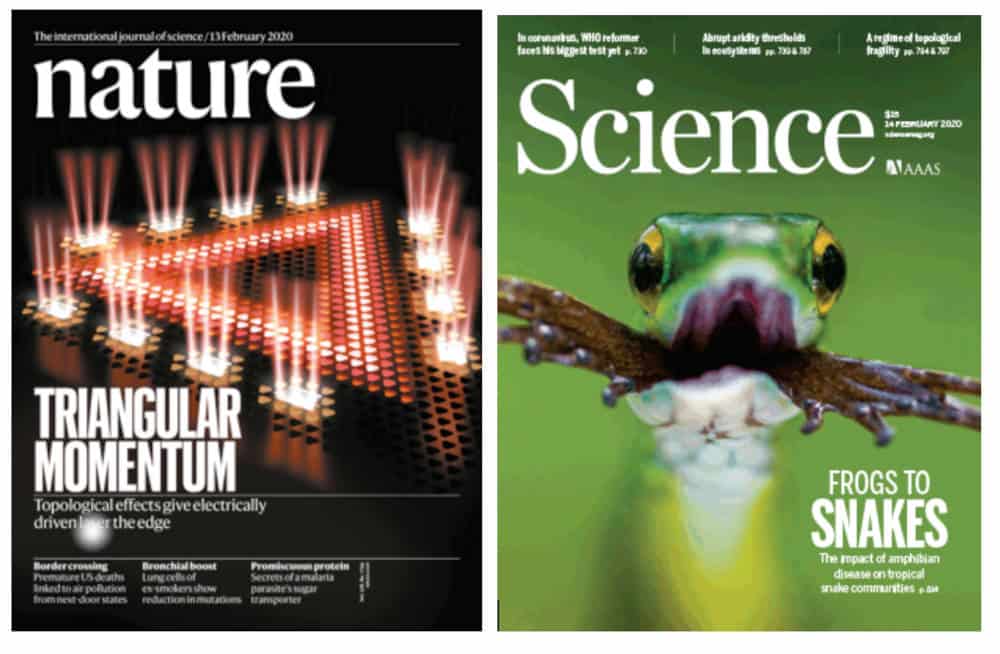
What is My Manuscript About?
Here are some questions to ask yourself to help you brainstorm what journals you can submit your manuscript to. Journals specialize under different themes which could refer to things like the taxa, ecosystem, or biological concept.
- What animal/plant/organism is it on? Some journals are taxon specific (e.g. Journal of Mammalogy for mammals, The Auk for birds).
- What concept does it cover? (e.g. Journal of Evolutionary Biology for evolutionary studies).
- Where does it take place? Some journals are specific to places or ecosystems (e.g. Tropical Ecology, Journal of African Ecology).
- What are the applications or outcomes of your manuscript? (e.g. Conservation Biology, Journal of Wildlife Management).
- Is the emphasis of your study on the methods/approach rather than the study system? Some journals focus on methods (e.g. Methods in Ecology and Evolution).
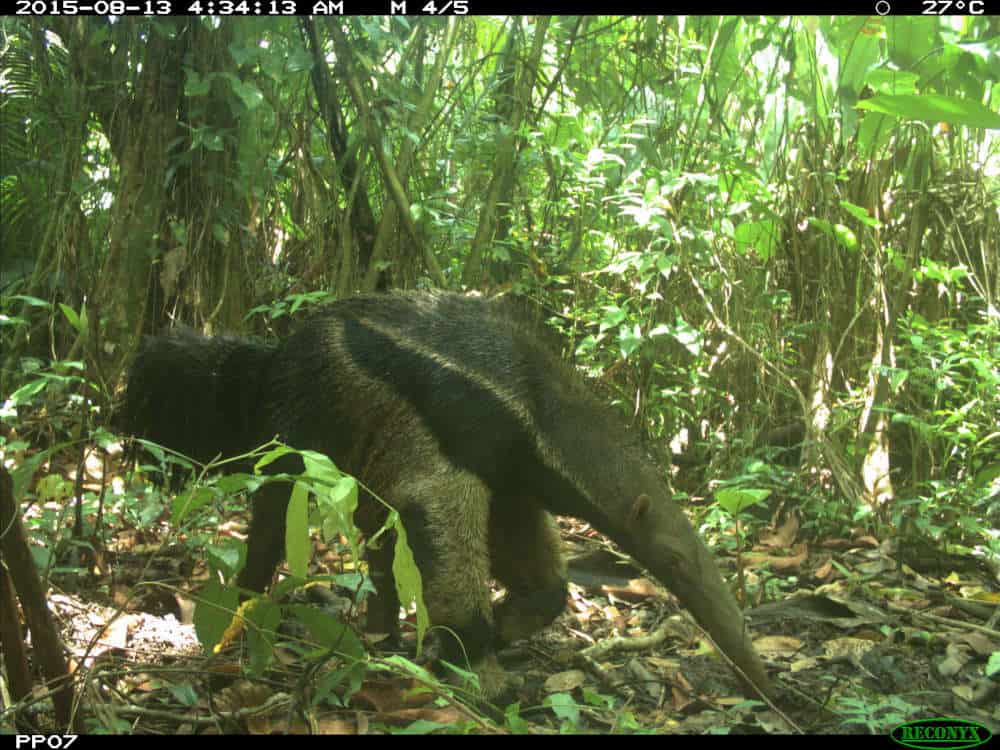
What is the Scientific Journal About?
After you have some journal ideas based on the questions you asked yourself, you then should go to the “About” section or Aims and Scope of the journal to make sure that your paper matches the types of papers they are seeking to publish. Every journal has a description and it is most frequently called the Aims and Scope.
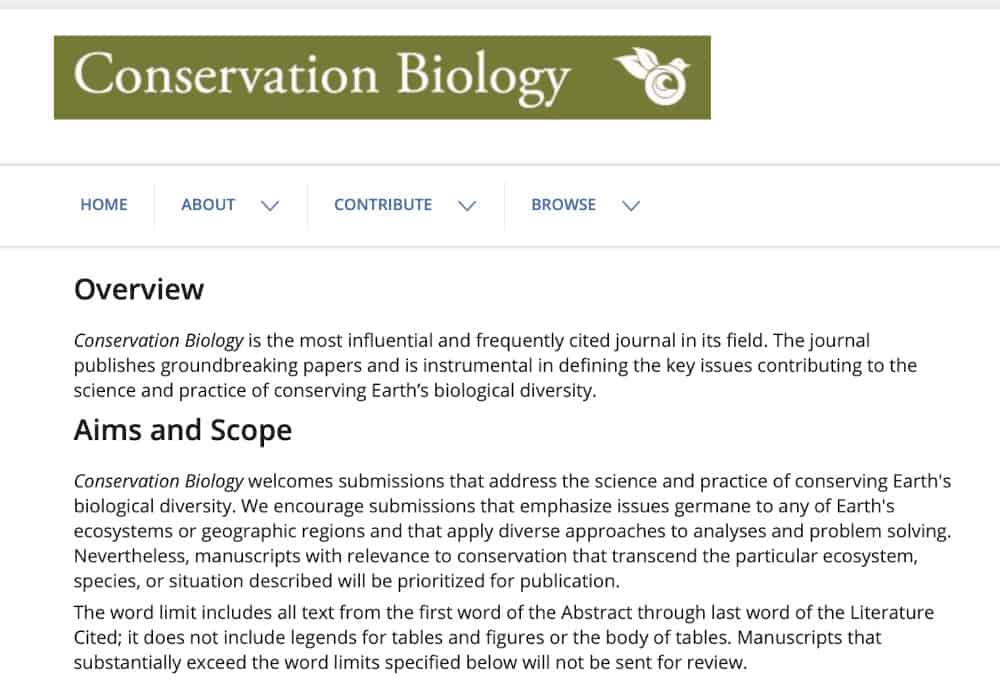
Reflect back on your manuscript and see if it matches the Aims and Scopes of the journal you are interested in publishing in. If not, choose another journal on the list and see if it is a better fit.
It’s also a good idea to search the keywords that you use in your manuscript to see if that journal has published previously on similar topics as in your study. If so, this is a good sign that it is an appropriate journal for you to submit to.
You want to shoot for journals with a higher impact factor, but you also want to be realistic. If your manuscript is really not a good fit, it’s not worth submitting to that journal.
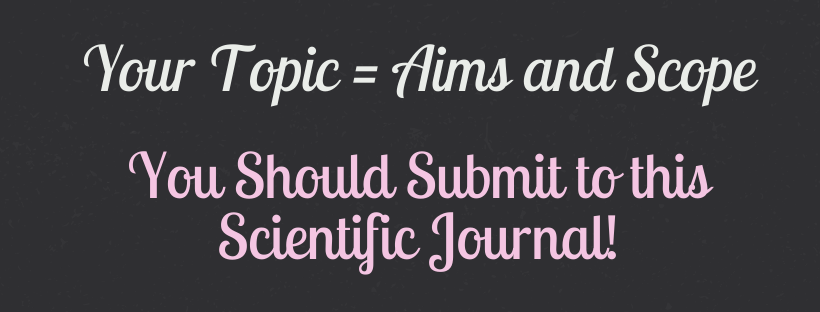
You may also want to check to see what an average impact factor is for journals in your field. While Science and Nature have high impact factors, the journals that I and most other wildlife biologists publish in are more in the 2-10 range.
If you are still unsure, you can also always email the editor of the journal your abstract to see if they think it would be a good fit. This will save you time in the submission process.
Publishing Costs of the Scientific Journal
The final thing you’ll want to consider is costs. It costs a lot to publish in scientific journals! Some journals are free to publish in and if you don’t have institutional support (e.g. grant money), you can ask for a waiver. All of my publications have cost between $900 and $3500 USD though (that my advisor paid for).
Those are my suggestions to finding the perfect scientific journal for you to publish in. I hope this helped you and good luck in submitting your manuscript. If it gets rejected, don’t get discouraged. That is just part of the process and read this post on how to make a comeback after rejection.
Love this post? Share it with friends!
